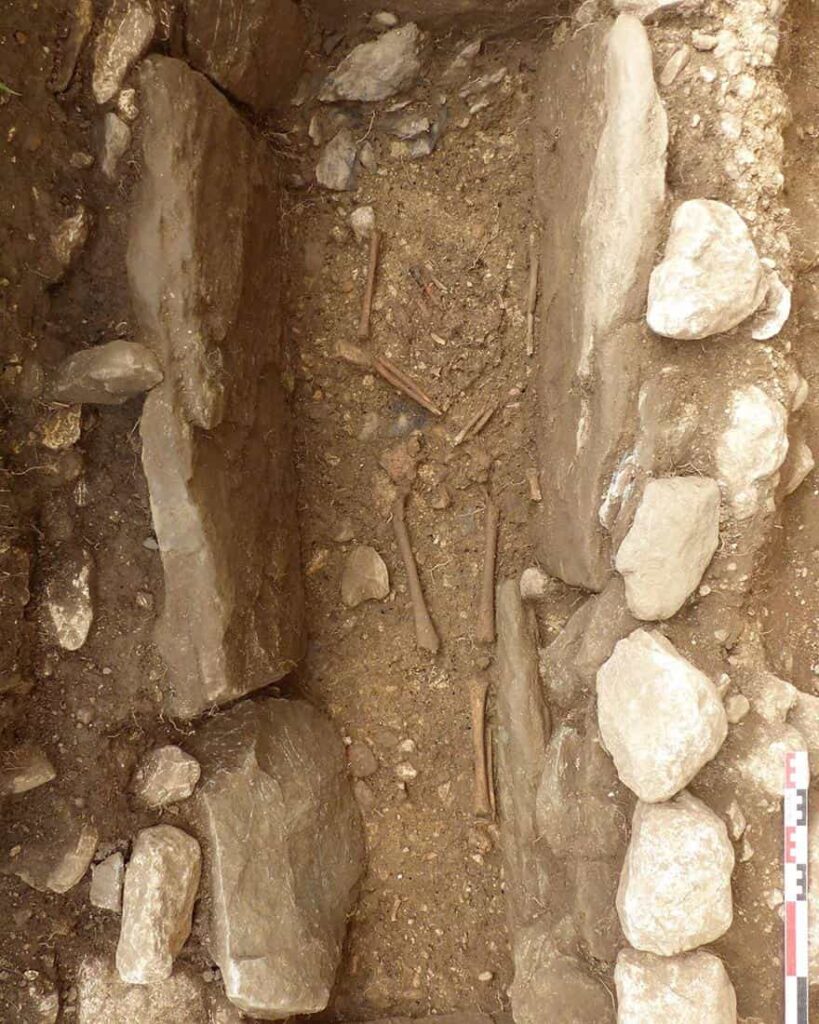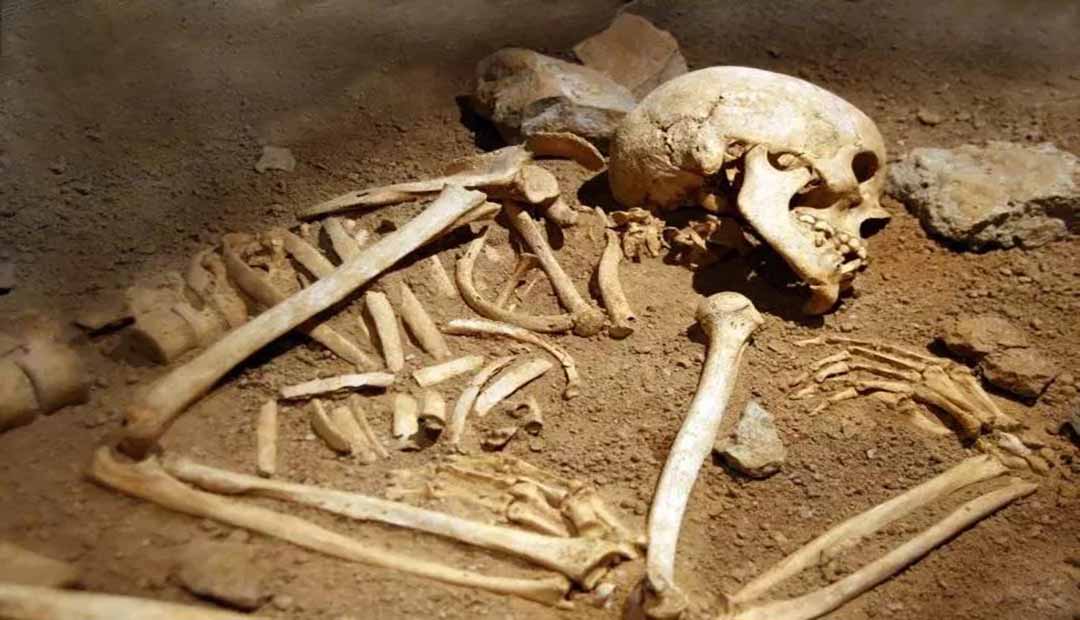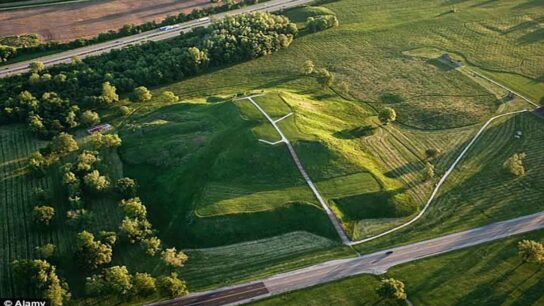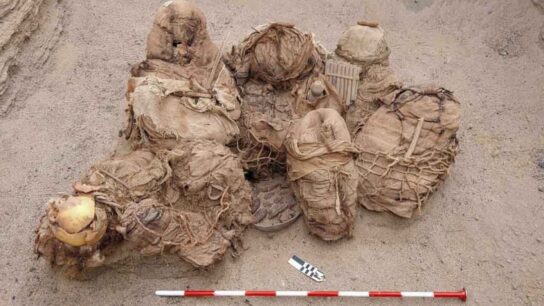Burial Site with Dozens of Skeletons Discovered in France
Archaeologists from the National Institute for Preventive Archaeological Research (INRAP) have uncovered a significant Burial site near Lac du Bourget in the Savoie department of France.
This cemetery believed to date back to the 7th century CE during the Merovingian period, consists of 80 graves and is the largest and most important graveyard discovered in Savoie.
The Merovingian dynasty, which ruled the Franks from the 5th to the 8th century CE, saw the conversion of King Clovis I to Christianity.
The graves were found to have a distinctive feature of facing eastwards, indicating a Christian burial practice of aligning the dead towards Jerusalem. This departure from the previous practice of burying multiple individuals in the same grave signifies a shift in burial customs.
The archaeologists observed that the skeletal remains showed signs of a wooden wall that maintained the deceased in an unstable equilibrium.

Interestingly, the graves contained very few personal belongings and even lacked adequate clothing, suggesting that the deceased were stripped before burial. This scarcity of artifacts made it challenging to determine the social status of the individuals.
The researchers believe that regardless of wealth or age, the dead were treated equally in death, emphasizing the religious imperative of humility in the face of mortality.
This discovery follows another recent find in Amiens, France, where a well-preserved 15th-century sword was unearthed in excellent condition. The sword’s location in a humid, peat ditch contributed to its preservation, including the survival of wood and leather elements of the sword’s handle and sheath.
The cemetery, situated near Lake Bourget, offers a picturesque view. It was accidentally rediscovered in 1979 when construction work triggered a salvage excavation, unearthing three graves. However, the recent excavation provided a more comprehensive understanding of the site.
The cemetery, organized in several rows aligned north to south, displayed the burial of multiple individuals in some graves, with frequent reopenings for new interments. This pattern mirrors modern cemetery practices.


Different types of graves were identified, including simple pit burials, graves with pebble cords (used to maintain wooden structures), and more elaborate graves constructed with stone slabs. Despite the large number of bodies, the lack of preserved artifacts indicates a modest burial environment, contrasting with the influence of Christianity during that era.
The meticulous excavation was conducted over four months, with the site hidden behind white tents to protect the remains and deter potential looters. The details of the excavation were revealed in June during a school visit organized by the municipality, although the site remained closed to the public.
The archaeological study will now enter the analysis phase, where researchers will examine the collected human remains and artifacts. The study of the skeletal material by anthropologists at the INRAP may provide additional insights into the lives and practices of the Merovingians who lived approximately 1,400 years ago near Lake Bourget.
The INRAP archaeologists aim to further investigate the Savoie cemetery and utilize their findings to enhance understanding of the ancient inhabitants of the region, including their beliefs and daily lives. This burial site provides a rare opportunity for researchers to gain insights into a period with limited known vestiges.




